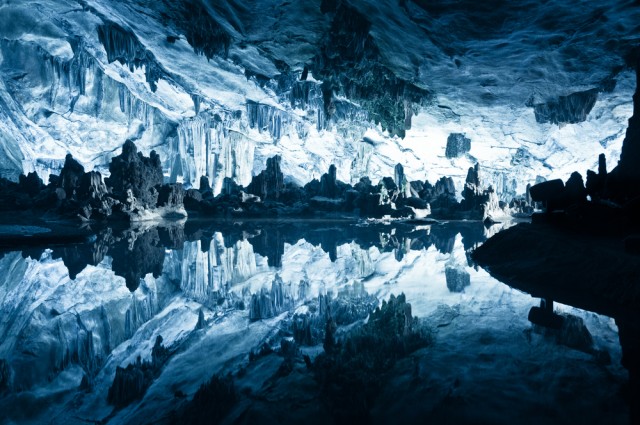The Antarctic ice conceals a smorgasbord of secrets. Once a warm forested part of the world during the age of the dinosaurs, many fossils of which are just waiting to be excavated, it also features the world’s largest canyon system and a treasure trove of meteorites that were forged in the fiery furnace at the beginning of the Solar System.
There are also liquid freshwater lakes beneath the surface of the icy realm. Lake Vostok is probably the most well-known: After being left undisturbed for around 25 million years, scientists were overcome with curiosity and it was carefully breached.
Now it appears that researchers have another subterranean lake to add to their increasingly diverse collection of hidden geological gems. As revealed by the research team at the annual gathering of the European Geophysical Union (EGU) in Vienna this month, it is second only in size to the enormous Lake Vostok. The findings were reported by Motherboard.
Ice at the surface is shaped by what type of rock it’s resting on, so by looking at unusual geographic features using ground-penetrating radar, scientists are able to make good guesses as to what may be concealed beneath. This time around, a collection of grooves at the surface revealed to the international team – who were in fact responsible for the canyon discovery last year using the same method – that a subglacial lake, complete with its own channels, still exists beneath the ice.
The lake itself is around 100 kilometers (62 miles) long, 10 kilometers (6.2 miles) wide, and is ribbon-shaped. It also appears connected to the canyon, and channels leading away from it may be transporting water towards the West Ice Shelf and into the ocean.
There are more lakes waiting to be discovered beneath the southern continent.
The researchers, from the U.K., China and the U.S., are meeting this May to discuss the radar data that they have independently gathered, in order to try and absolutely confirm the existence of both the canyon system and the subglacial lake. Both would be of immense interest to biologists, who are keen to explore ecosystems that have remained untouched for tens of millions of years.
Whether or not these newly-discovered regions contain life is yet to be seen. However, this possibility isn’t a particularly unlikely one: The research team investigating Lake Vostok, for example, have found hints that simple microbes could still be thriving at these icy depths.
Possibly heated by hydrothermal activity – hot, mobile fluids associated with volcanic processes – Vostok was reported to have evidence of more than 3,500 different DNA sequences hiding within it, from bacteria and archaea to viruses and even fish. However, the study in question has been openly doubted by other researchers, so more data is required before this can be settled.
Life, however, has indeed been found in other lakes across the icy continent. A drill core from one, Lake Whillans, contained 130,000 cells per milliliter of subglacial lake water, which is a density of life similar to that found in the depths of the world’s oceans.
This microbial life has survived without sunlight for up to 1 million years, so it seems more than likely that it can also be found in more of Antarctica’s 350 buried lakes – including, of course, this new addition to the family.
Fuente: www.iflscience.com
